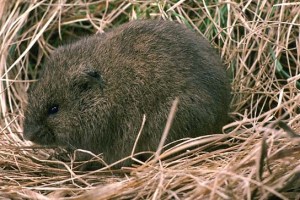Voles
So you just discovered that those cute furry little things are the ones wreaking havoc on your landscapes! Now, how to identify and eliminate!
Step 1: Identitify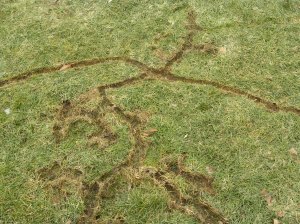
We’re talking voles, NOT moles. Voles are small rodents similar to field mice. They have small rounded ears, small eyes, and short tails. You’ll know voles by the snake-like tunnels that you’ll see all over your lawn. They’re very active in the spring and then their manic tunneling subsides.
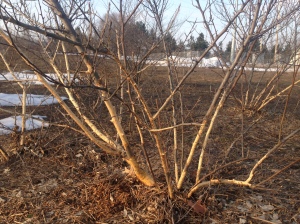 Voles love fields with lots of weeds and coverage. They are active both day and night, especially evening and early morning hours. They love to burrow underground and will eat bulbs and root vegetables. If you have partially eaten carrots, potatoes, etc., you may have a vole problem. They also nest at the base of trees and shrubs which can cause damage to the roots, especially as they tend to chew the bark. As the snow melts, we are seeing lots of vole damage in our shrubs.
Voles love fields with lots of weeds and coverage. They are active both day and night, especially evening and early morning hours. They love to burrow underground and will eat bulbs and root vegetables. If you have partially eaten carrots, potatoes, etc., you may have a vole problem. They also nest at the base of trees and shrubs which can cause damage to the roots, especially as they tend to chew the bark. As the snow melts, we are seeing lots of vole damage in our shrubs.
Step 2: Eliminate
Nothing is sure when trying to eliminate voles, but here are some methods to try for your garden: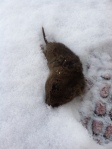
1) Make your yard inhospitable to voles! Cut back brush, mow, weed, and create a clean space.
2) Live traps near vole runways or the nesting sites at the base of trees and shrubs. Bait traps with peanut butter and set baits midday to early evening when voles get more active. Relocate voles to a faraway field. The success to trapping is persistence.
3) Bait voles with a registered rodenticide. Consult your local garden center or professional critter control agency.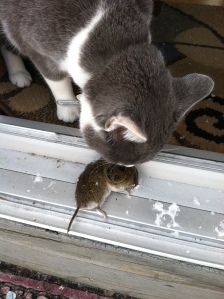
4) Protect a garden by fencing the area with a half-inch of mesh, at least 12 inches above the ground and buried 6 to 10 inches deep.
5) Add gravel to the planting hole surrounding the bulbs. When you plant bulbs, drench or powder them with a fungicide to discourage voles.
6) The best control method: an outdoor cat.


